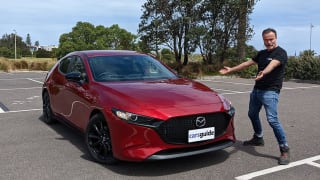
Completely. Next. Level. The all-electric Tesla Model X P100D is the fastest accelerating SUV on the planet. Dammit, 0-100km/h in 3.1 seconds (if you purchase the optional Ludicrous Mode) makes the P100D quicker than almost everything including the Lamborghini Huracan which does it in 3.2 seconds. Just to humiliate the Lambo even more the Model X can be equipped with seven seats.
How does the Model X P100D do it? Two massive motors – a 193kW/330Nm on the front axle, a 375kW/600Nm on the back and a 100kWh battery pack that looks like a giant block of chocolate running under the floor between them.
Just to be super clear: the Model X isn’t a hybrid, there’s no petrol or diesel engine as well as the motors, and that means if you run out of charge you’re stuck… on the side of the road or in the middle of it.
Range is excellent for an electric vehicle at 656km (NEDC, expect less in the real world) and a Tesla Supercharger Station will put 270km of range into the batteries in 20 minutes. A wall unit for your house will fill it at 40km per hour.
The cost to charge the battery depends on where you live and your energy provider, but the maximum you can expect to pay to fully charge the battery is $25. In comparison, filling the tank of a mid-sized SUV with premium unleaded petrol will cost you about $90.
With coupe styling similar to the GLE and BMW X6, the Model X outdoes them in the flamboyant stakes with ‘Falcon wing’ doors. A minimalist, stylish and luxurious cabin awaits inside.
Boot space is 2180 litres but that is the combined volumes of the front boot and the back cargo area with the third row folded flat.
Tesla says that software will soon be available to download which will make the Model X fully autonomous.
So how much does such a ‘miraculous’ SUV cost? The base-spec P75D kicks off the line-up at $130,450 but the top-of-the-range P100D has a list price of $211,200 and that’s before you start adding super expensive options such as the go-faster Ludicrous mode.



_1_2.jpg)




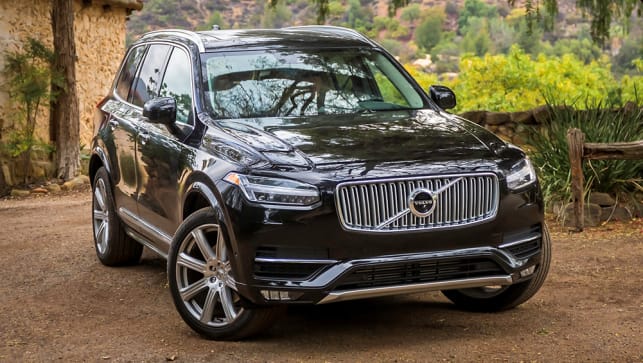

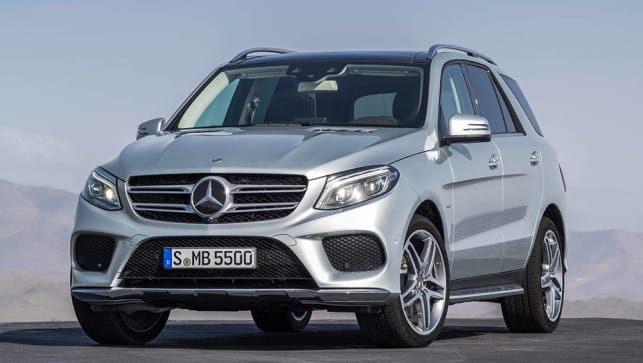

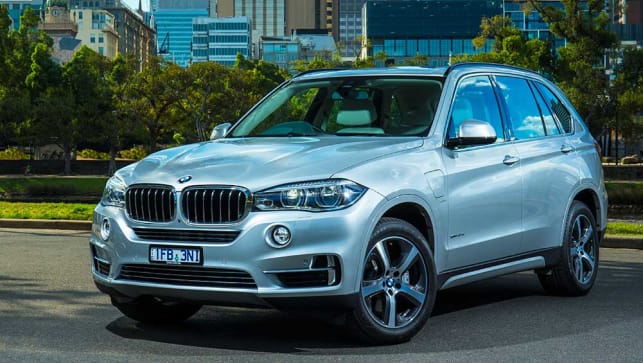






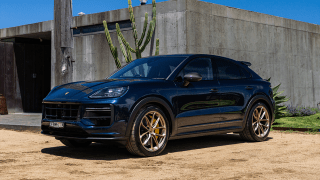
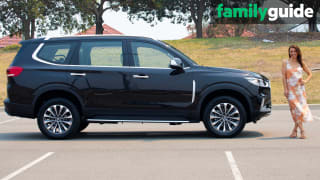
Comments